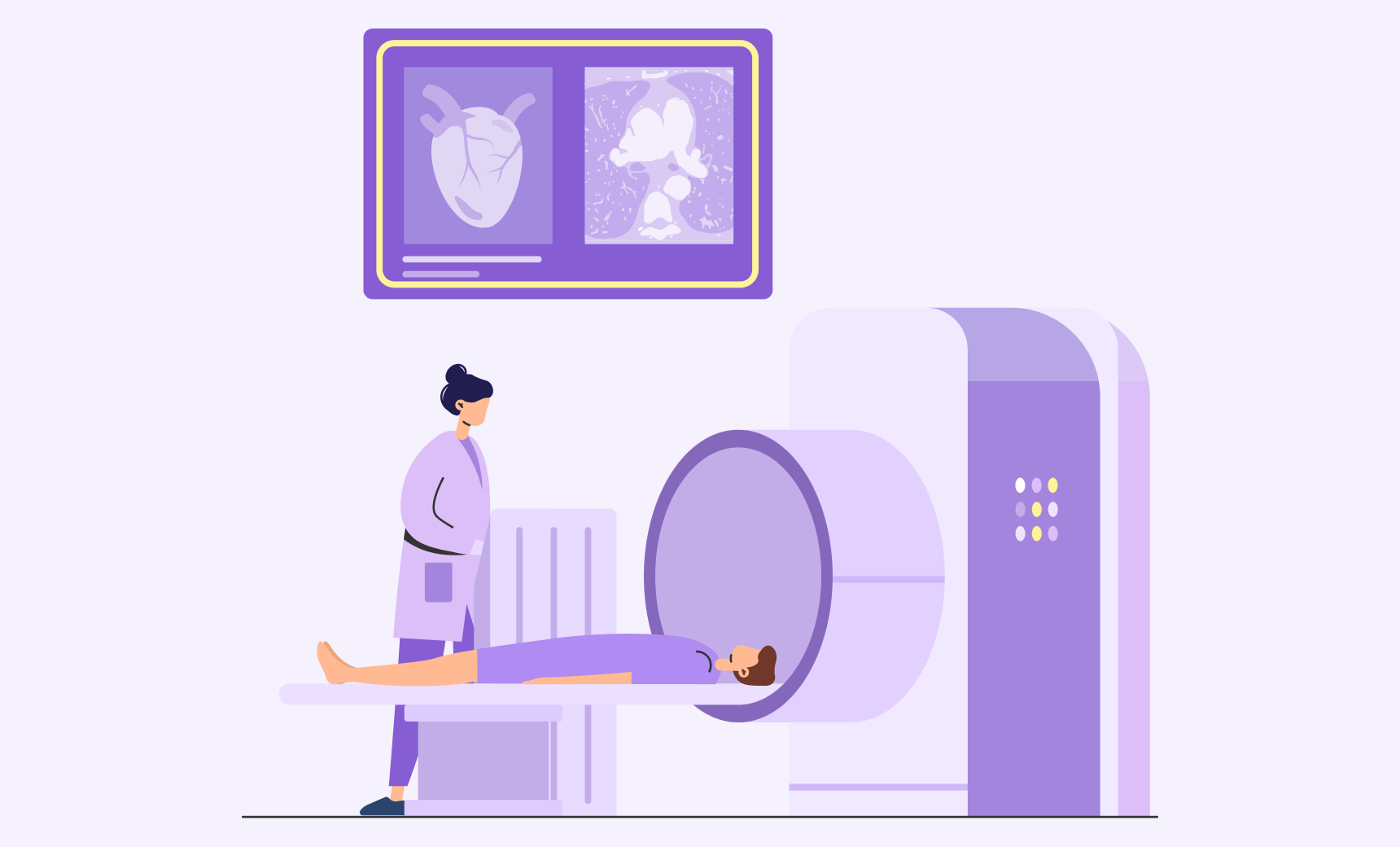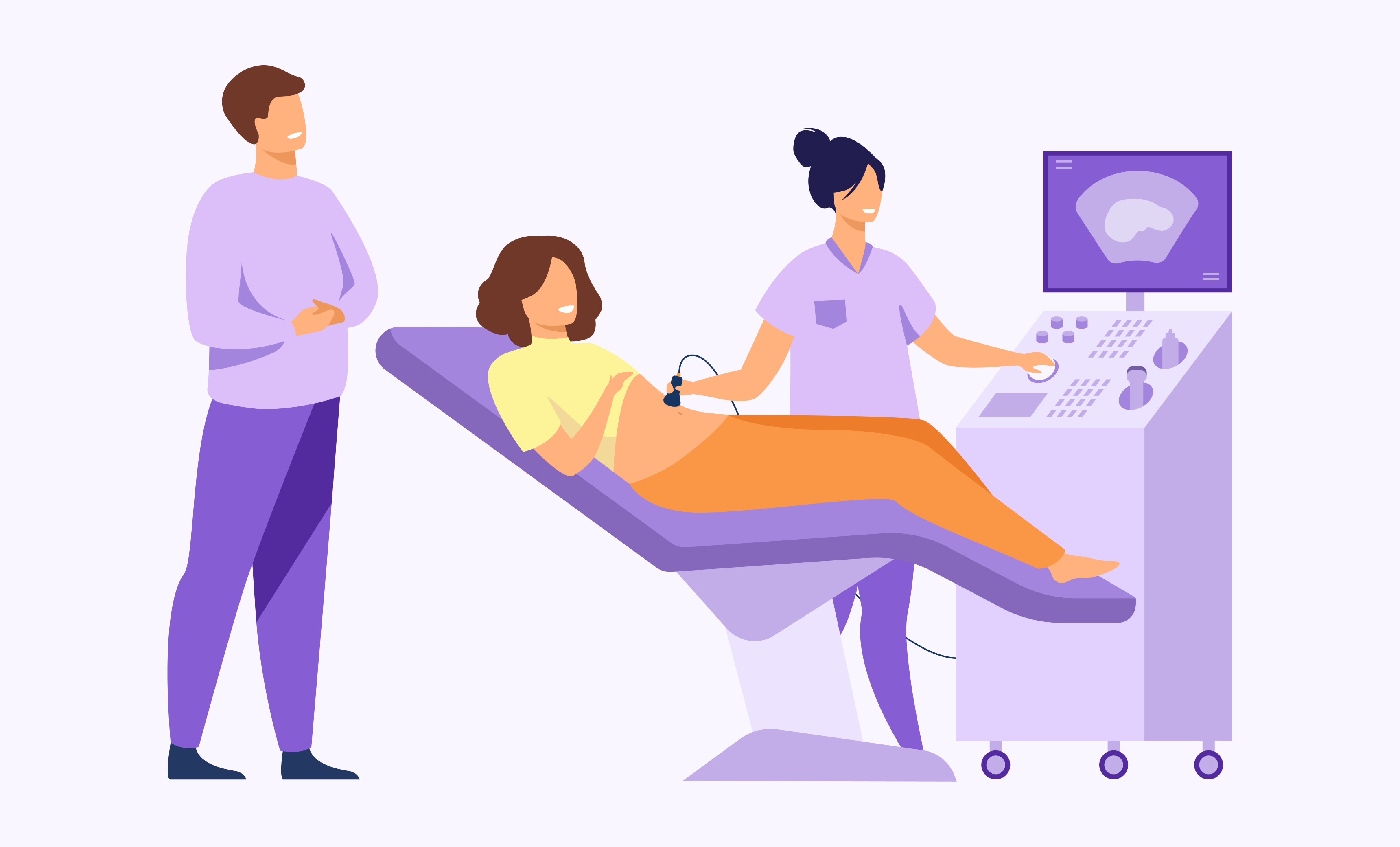
Hidden Disorders and Charlie’s Web: How my ultimate loss led to my investigation of PPROM – PART 1
I had my first pregnancy at 26, and during that time, I was the very picture of health.
Or so I thought.
I never imagined it would end the way it did, and that I would go through the ups and downs of motherhood in the span of only 37 days.
Our daughter, Charlotte Elizabeth Beidel, was born on June 16, 2017 at 6:47pm and passed away on July 23, 2017 at 10:28pm.
Our story began on June 5, 2017 when my water broke at 24 weeks. After calling the on-call doctor at my OBGYN, she agreed I needed to head to the hospital to get checked, but told me not to stress. Arriving at the hospital, I started to feel a little better and had sort of talked myself into thinking an abnormal pregnancy symptom was just me peeing on myself. My husband, PJ, and I headed to Labor and Delivery, and a nurse quickly proceeded to check Charlie’s heart rate, which was high and beautiful. The nurse did remark that she had just sent a couple home in the same situation but we decided to wait to be checked by our doctor.
Once we were moved into triage to meet the on-call doctor, she performed a Nitrazine test to check for amniotic fluid. She told us I was positive for leaking amniotic fluid, which meant I was experiencing PPROM: Preterm Premature Rupture of Membranes. She then proceeded to place the ultrasound wand on my belly to see how much fluid I had left.
When my own doctor came in, and after reviewing what the on-call doctor had found, she looked right at us and said the words I will never forget: “You have no measurable fluid surrounding the baby.” The amniotic fluid was not only extremely important for the baby’s development but also to protect the baby from infection. She and the maternal fetal medicine specialist then gave us our grim prognosis: We should consider terminating the pregnancy.
Before I completely shut down, I told both doctors to do whatever it took to save Charlie. They brought all of the consent forms for us to sign: medical intervention, anesthesia, and classical c-section. I remember the nurse asking if there were any relatives that she could call for us and at that same moment my dad was already ringing PJ’s phone. I remember watching my strong and kind husband hysterically shaking and crying as he broke the news to my parents and to my in-laws. By now, I had finally, emotionally shut down. I felt numb in disbelief, and I felt like I was watching all of this happen from afar. I couldn’t even get words out to speak to my dad.
As the doctors told us there was every possibility I could go into labor within the next 48 hours, I knew we were in for some long days ahead. We were told the risks and complications, and while a lot of what came next was a blur, I do remember how quickly my medical team had me on IV fluids, antibiotics, magnesium sulfate, and had given me the betamethasone – a steroid to help promote lung maturity in unborn babies – and got me and Charlie hooked up to a heart monitor.
My dad arrived the next morning, and my in-laws and mom shortly after. My dad couldn’t believe how cold I had my room set, and I had extra fans running – poor PJ was freezing. A side effect of the magnesium sulfate, which is given to protect a baby’s brain and to reduce the risk of cerebral palsy, is extreme hot flashes – bad enough to make you physically sick. The nurse kept asking me if I was experiencing any other side effects, such as dizziness, and yes, I was dizzy, but not dizzy enough for them to stop saving Charlie.
So on hospital bedrest I stayed. I made it through the first week, then nearly the second. I held my breath every time the doctor put the sonogram wand on my growing belly. I was just as shocked as the doctor when I began to re-accumulate amniotic fluid. I went from not measurable, to 6 cm, then down to 3 cm, and continued to yo-yo back in forth during my stay between the two. The normal range for amniotic fluid is 5cm to 25cm.
In total, I spent 12 days on strict hospital bed rest and during that time I only got out of the bed to go to the bathroom and to take the occasional shower. I had multiple IV changes, 26 shots, daily blood work, 6 ultrasounds… Anything and everything that could prolong labor received my consent. The critical decisions PJ and I had to make as first time, soon-to-be parents were heart wrenching and the weight of them was heavy. People can argue that I put my own health at risk in fighting for Charlie and that’s true. I personally did not feel like it was my decision to decide whether or not Charlie had the strength or capability to live. I would let Charlie decide that. All PJ and I could do was give her the best chance to live, and that doing whatever we could to keep her inside of me as long as possible. Every decision we made was to give her that chance.
Although my mind was made up, my health was always given priority. I was seen by the hospital’s high risk maternal fetal medicine team, along with all the obstetricians at my general OB practice, and a slew of other specialists, every day. Every few days, the neonatologist or some of the neonatology attendings and residents, would come see me, and give the most updated statistics, then ask us what we wanted them to do if I should go into labor. That was an easy decision: Save her. Do whatever was needed to help her. The stats didn’t matter to us, just each day; each new day was a win.
I never gave up hope. I looked forward to the next day and would count down how many hours were left in each one because that meant we were closer to one more full day of her in my belly.
My last week on hospital bedrest was tough. I had a lot of cramping and I was constantly leaking fluid, so I was drinking 4-5 liters of water a day. I was being moved back and forth between the ICU and the antepartum ward. The antepartum ward meant I was stable, so that’s where I wanted to be. After multiple back and forths, for several days, I was finally back in the antepartum ward to stay. I was ready to get some sleep. A few days went by and I couldn’t believe I was still in the antepartum ward.
It was by far the most difficult thing I’ve ever done in my entire life – understatement of the year, I’m sure. Most women in the antepartum ward were guaranteed to take their baby home, in the end, if they just followed the doctor’s orders. But that wasn’t the case for me. I was doing all the same things, except I was being told, day after day, that my baby was probably going to die at birth. So, unlike all the rest of those women who kept asking how long till their baby was here, the only thing I was asking was how long could we keep my baby safe in my womb.
To Be Continued…
LabFinder is a no-cost, online platform for people to easily schedule their medical tests and view results securely. The LabFinder team is passionate about improving the ‘patient and doctor experience’ through better communication, reduce out-of-pocket expenses and making everyone know more about their own medical tests. The mission of LabFinder is simple: we want to be solution to you and get you the test results you deserve so you can make right choices about your health.







LabFinder Team
The LabFinder Editorial Team is behind The Illuminator and The Insider, LabFinder’s consumer and business blogs.
Dr.Robert Segal
Dr. Segal is CEO and co-founder of LabFinder, as well as a board-certified cardiologist. He began practicing medicine in 2002 and has founded several businesses, including Medical Offices of Manhattan and Manhattan Cardiology.